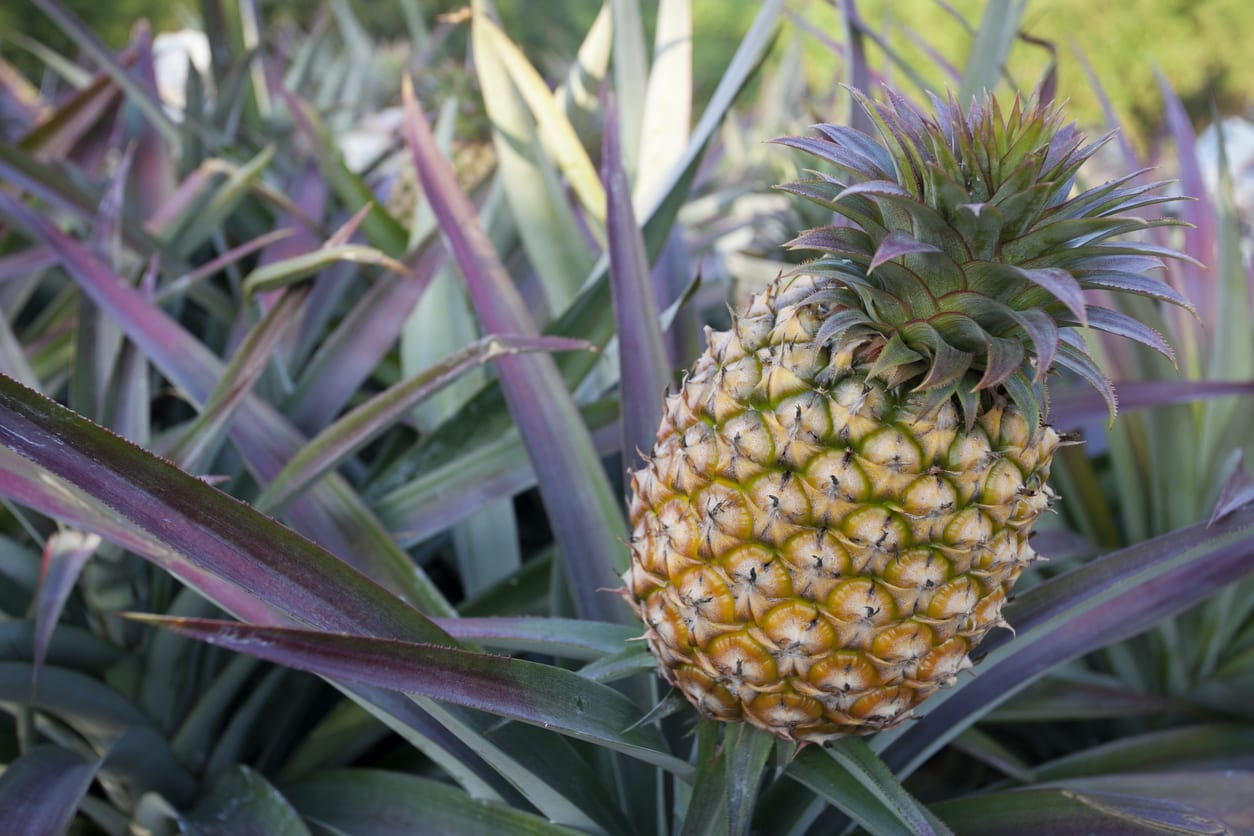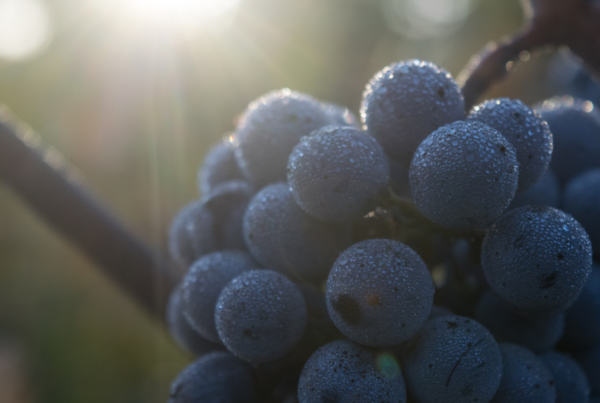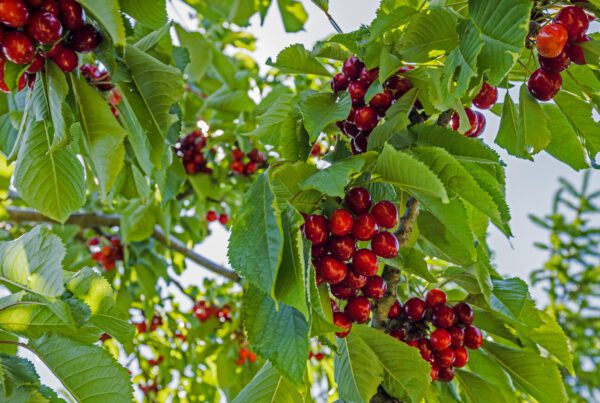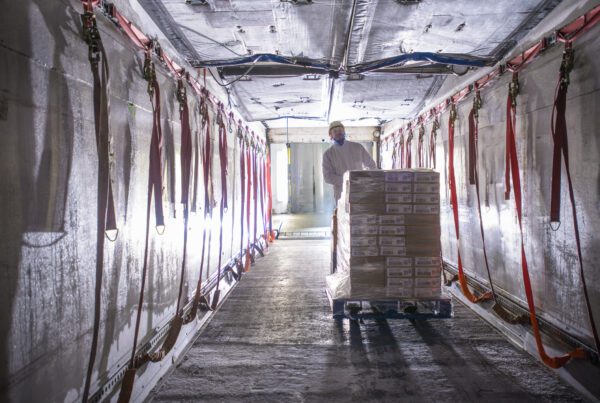“A catchy melody and a few words, as the song goes: ‘Baby Shark DOO DOO DOO…,’ is all you need to be the number one trending topic and have millions of views on YouTube.“
Ananas looked at the latest internet sensation and remembered how different her ascension to the top was compared to nowadays. She realized how hard it is to stay relevant in the social media age especially when the attention span of the average adult is only 15 – 20 minutes. Ananas’ hard work would have been completely different if hashtags and memes were available when she was coming up. As it stands, her current media fame is as an underwater domicile for a popular cartoon sponge with square pants.
Ananas Comosus is the scientific name of a delicious fruit, but we all know it by her street name The Pineapple. These are the chronicles of how this tropical fruit became the worldwide symbol of hospitality and how we at CFI are helping our parent company, Kuehne + Nagel Inc., move this delicious fruit to Europe and the Middle East.
It was 1493 when Christopher Columbus arrived from Spain on his second voyage to the new world. His small flotilla of ships dropped their anchors and lowered their boats sending both sailors and soldiers toward dry land. His landing party ventured inland and came across what they thought to be a deserted native village, with clay pots outside the huts of the village. Along with the pots were freshly gathered vegetables and fruits, one of which was the “anana”; the native word for excellent fruit. The European sailors enjoyed the anana’s sweet flavor and juiciness and Columbus recorded it in his log as looking like a pinecone with the sweetness and firmness of an apple. However, this fruit, which we now call the pineapple, did not originate on this island.
The aborigines had brought pineapples back with them from the inland basins of Brazil and Paraguay. Soon the pineapple was thriving throughout the islands and into what is now Mexico. Not only was Columbus intent on finding gold and riches to return to Spain, but he was also looking for food which could be shipped or grown in Europe, especially very sweet crops. It did not take very long for the pineapple’s natural sweetness to find favor in the royal court and circles in Europe. However, European gardeners found that pineapple was nearly impossible to grow. Since pineapples are best when picked ripe, it was nearly two centuries later that gardeners successfully grew a pineapple in a hothouse in Europe. The new crops in Europe did not yield enough of the tropical treasure to go around.
The pineapple became the symbol of royal privilege. King Charles II of England posed for an official portrait of him receiving a pineapple. In the American colonies of England, fresh, dried, and candied fruits were largely use as a dessert. Because the ships en route to the eastern coast of the colonies were subject to severe weather conditions and the voyage took so long, the actual whole fruit was difficult to get. Pineapples mainly arrived packed in sugar, syrup, or candied. When whole pineapples were acquired, they usually went to the bakeshops of Boston, New York, Philadelphia, and other large cities. If you were a guest invited to a party where a whole pineapple was on display, you knew that expenses were not an issue in guaranteeing the guests’ enjoyment. This made the crowned fruit the high symbol of social events and it became synonymous with welcome, friendship, and hospitality.
Even today, in many hotels and inns, you will see a pineapple carved on a sign outside the establishments. A carved pineapple or a facsimile of one can be found carved in headboards, on bed posters, or armoires. In dining rooms, pineapples can be found on the backs of chairs, on wallpaper, cupboard doors, and woven dining linen. Casts in the shape of pineapples were used as hot plates or on the end of silverware, all to impress upon their guests that they were welcomed.
Pineapples from Costa Rica and Brazil are a major percentage of the world’s productions nowadays. As part of the Kuehne + Nagel family, we are helping their local office in Costa Rica with their pineapple program into Madrid, Portugal and the Middle East. During the last five months of 2018, Commodity Forwarders helped our parent company move in excess of 2,000 skids of pineapples using our strategic locations as gateways for their program.
CFI and Kuehne + Nagel offer a robust in-transit program where the products of Central and South American countries can take advantage of a robust supply of air cargo capacity into cities like Miami and New York and be on-forwarded to further away global destinations. For more information on CFI’s in-transit capabilities at major U.S. gateways, contact us today.



